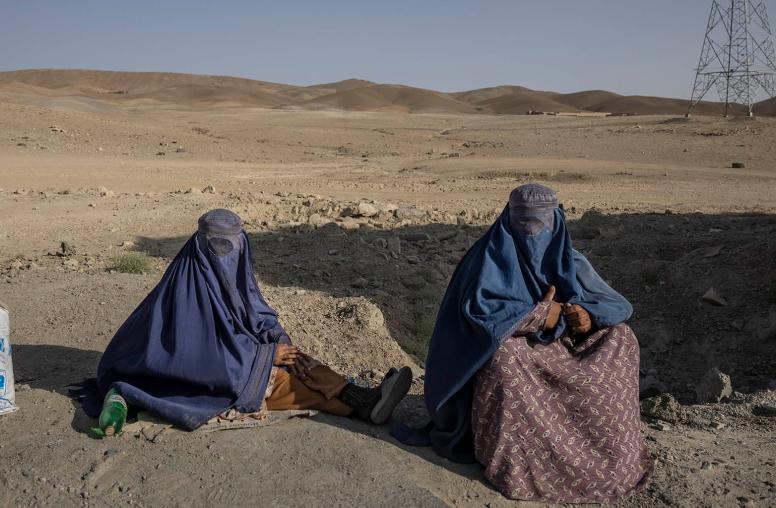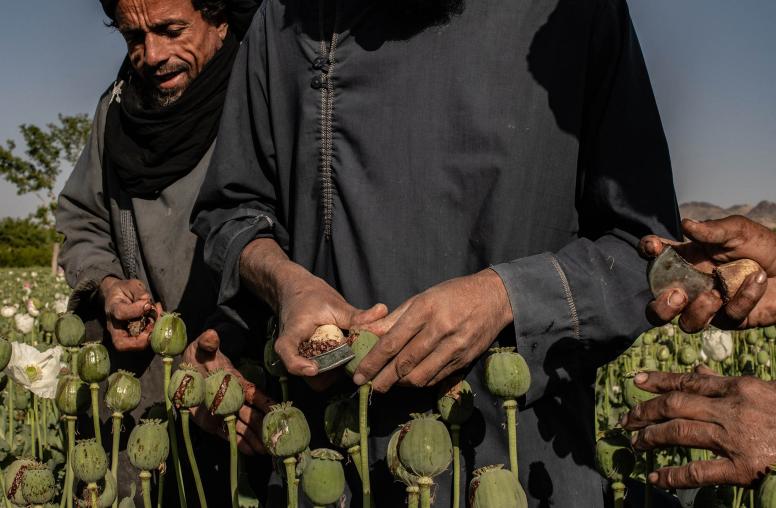Advancing Peace Education in Afghanistan
The war in Afghanistan has had a negative effect on Afghan children, who have been exposed to extreme levels of violence and often see aggression as the primary means to resolve conflict.
May 3, 2011
The war in Afghanistan has had a negative effect on Afghan children, who have been exposed to extreme levels of violence and often see aggression as the primary means to resolve conflict.
To counter these trends, USIP’s Grant Program supported Help the Afghan Children (HTAC) to administer a peace education program at seven middle schools in Samangan Province in northern Afghanistan. The program educated a total of 2,800 male and female students, trained 315 teachers, and delivered a comprehensive community approach to peace education using performance metrics and paired comparison data to promote long-term impact and project sustainability.
The resulting changes are striking, as the average number of observable conflicts, such as fighting, harassment, and bullying, between students decreased from 3,457 per month to 345 per month, a 93 percent reduction. Additionally, the average number of observed potential conflicts resolved peacefully between students increased from 100 per month to 2,960 per month. Furthermore, the number of teachers observed consistently modeling peace education behaviors increased by 95 percent. To ensure statistical validity, identical observations were replicated in non-participating local schools and only nominal changes were seen in any of the measured categories. While the immediate effects of training are evident in how children behave in school, the Institute is investing in behavioral change that improves the odds that Afghan youth will apply non-violent strategies to resolve conflicts over the longer term, ultimately contributing to a more peaceful society.
Peace education has wide-ranging impacts across the local community, particularly on the parents of participating students. Seven hundred and fifty parents attended a training session to learn the tenets of peace education and how to implement these values at home, providing students a comprehensive learning environment and a community support structure.
To address long-term sustainability, HTAC also began developing a Peace Education Model that identifies key characteristics and features for the expansion of peace education across Afghanistan. HTAC’s important and diligent work has earned them the support of the Afghanistan Ministry of Education, which will become an integral partner in future endeavors.
“Because of HTAC and similar education work by other USIP grantees, future generations of Afghans will be less inclined and conditioned to use violence as a means of resolving conflict, thereby improving the country’s long-term prospects for peace and stability,” says USIP’s Barmak Pazhwak, who oversees the Institute’s grant funding for Afghanistan.
And, “with U.S. and international forces still fighting in Afghanistan, this ultimately serves long-term U.S. security interests as well,” Pazhwak adds.



